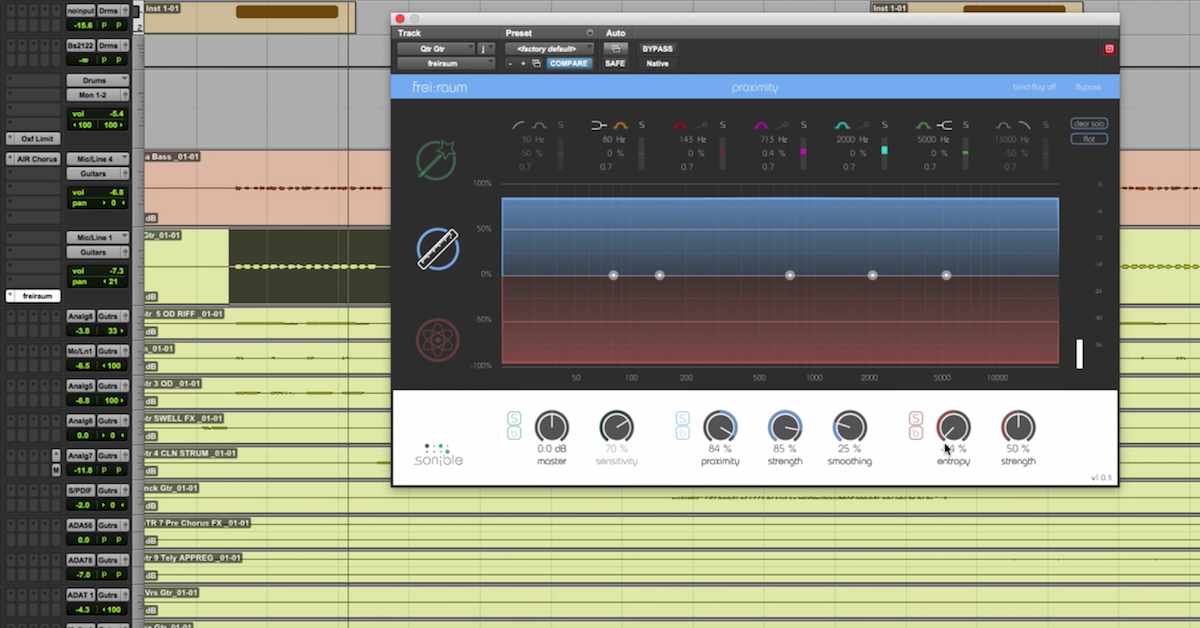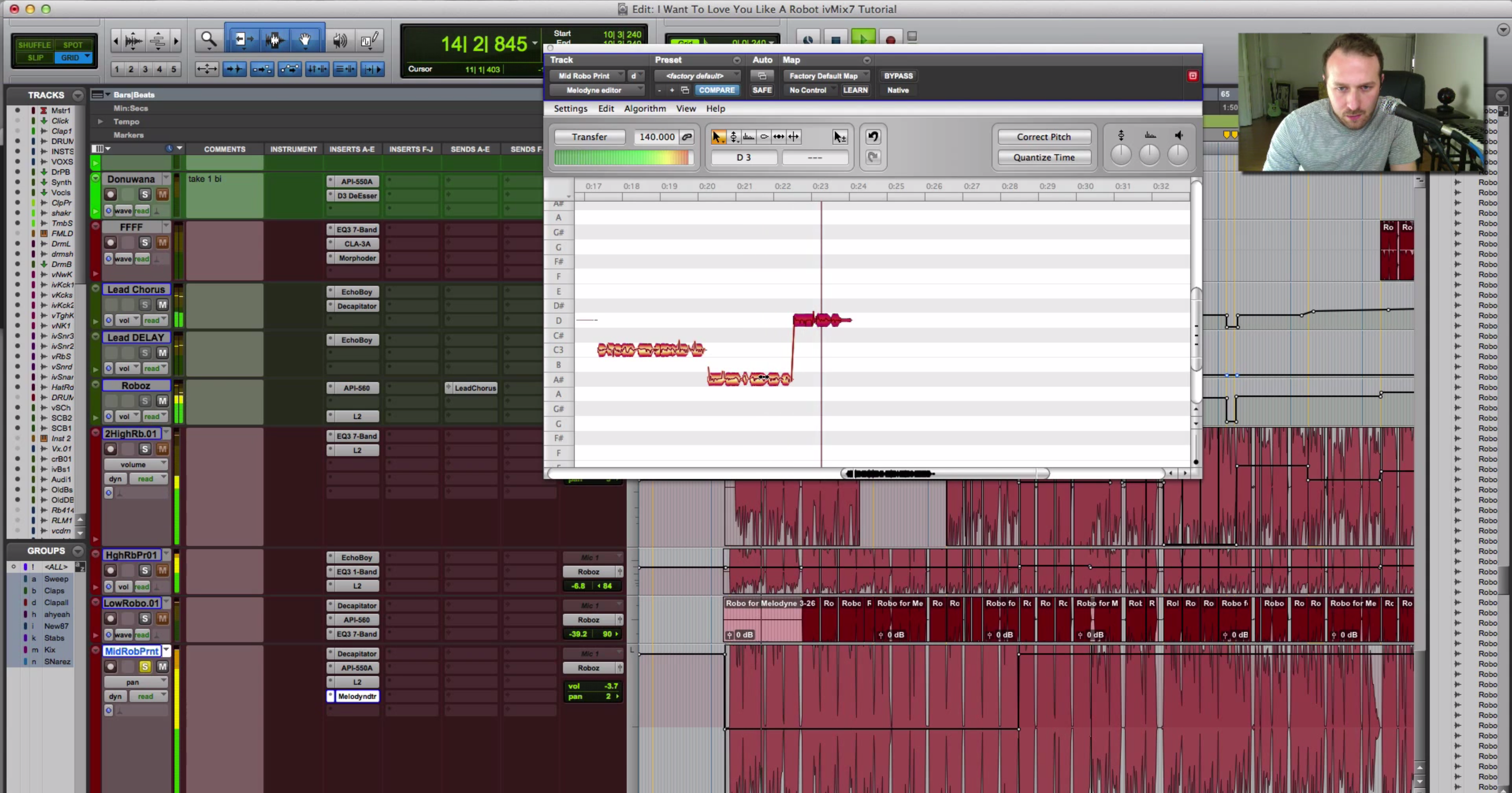Content, Form and the Empty Container
Article Content
In 1952, John Cage premiered a controversial piece of music called 4’33″. Anyone that has studied music or art may know it as the Silence piece. But a deeper understanding of it exposes the idea that silence is difficult if not impossible to find in the world. And that music is everywhere if we just choose to listen. For those unfamiliar with the work you’ll find much has been written about it. A good summary of the premiere can be found here.
I consider Cage’s piece to be one of the most influential of the 20th Century. And what makes it so astounding is that to experience it, you simply need to imagine it. You never have to hear a recording or go to a concert. I can think of no other work that has accomplished this feat.
Another Cagean idea was that of musical form conceived as an empty container, where abstract schemes based on duration, rather than harmony, were used to define the structure. In a commercial context, consider the omnipresent AABA form. You can hear it in the abstract, you can get a sense of its temporality, you can imagine the return to A after B, and all this without ever considering content. Without form you don’t have art and Cage proved that content is already all around us.
As composers or listeners we are naturally attracted to content; melody, harmony, texture, timbre, rhythm, abstract sonic events, etc. We perceive these things as immediate, as they occur. But it is form that makes a piece of music whole and gives it an identity. The interplay between the satisfaction of pre-established expectations and the unexpected variation or undermining of those expectations can contribute to a successful and engaging musical work. Even some of the most adventurous composers of new music in the 20th Century adhered to existing musical forms.
But there are other ways to think about it. There have been some experimentations or major departures when it comes to musical form in western music. A couple worth noting:
Karlheinz Stockhausen among others explored a concept known as moment form, in which every “moment” can be considered a self-contained unit and unconnected to the next, but for their temporal adjacency.
The minimalists like Steve Reich, Terry Riley, and Philip Glass explored formal ideas with slowly evolving structures and extreme repetition.
Visual artist Chuck Close, writes that Philip Glass, “…was just investigating the process. My real connection to music was also based on process… The activity of making art was the art. The structure wasn’t an empty container that you fill up with content. The container was the content… We were trying to collapse the idea of form and content into one perception.” (read more here)
Popular musical form has been using a variation of AABA with the occasional C section and a Bridge for years. Like popular music, many classical and contemporary musical forms rely on a very simple approach. The exposition of an idea, the development or variation of that idea, the introduction of a different idea, and the return to the original idea. These structures then reappear often separated by a third idea. The underlying concept here is listener manipulation. You set up expectations, you satisfy those expectations, you set them up again, but only partially reconcile the listener’s internal prediction. Or you offer some completely new idea instead. You withhold what you know the listener expects and release it in some big musical payoff. The artistry or craft comes in balancing anticipation and satisfaction in an engaging temporal space, while avoiding overly predictable outcomes that lead to boredom. It should be also noted, that completely unpredictable material also risks disintegrating listener engagement.
Why this approach works must have something to do with human nature. Most people enjoy the occasional or the unexpected, but rely on the familiar to make sense of the world. Perhaps music is no different.
I make no judgements about any music, and can appreciate the craft of popular song-writing as much as music created in a free jazz context, noise, field recordings or a good Mariachi band. Experimental music to me is about exploration and discovery. I give myself the license to use everything around me in terms of found sounds and instruments, bent circuits, software, hardware or anything that can generate a sound wave. As an experimentalist, content has always been easy to generate. I love sounds of all kinds and it’s usually more difficult for me to discard material than it is to generate or record it.
So I offer this article as a self-reflection more than anything else. For me, form is the problem and the solution becomes the musical work. Often I find myself unconcerned with specifics of harmony, melody or meter; three devices that are typically interrelated with form. So without content dictating formal ideas, I’m confronted with Cage’s concept of form as an “empty container.” Simply put, structural durations of time to be filled with sonic content. In 2001, I released a CD called Equal Form. I was experimenting with the idea of juxtaposing sections of music generally unrelated, with the exception that they were all the exact same length (usually around a minute). I was operating on the premise that each listener would perceive their own sense of time, so that each section would not necessarily seem the same length. Instead, they would compose their own form based on their engagement with the content in any given section. Since then I have loosened my approach and become more intuitive in defining form.
There is a story about Cage that seems relevant here. As a young composer he studied counterpoint with Arnold Schoenberg who would often ask his students to provide every possible voice leading solution for a given melody. He would then ask, “What is the principle underlying all of the solutions?” It wasn’t until years later that Cage realized that what all the solutions had in common was the question! (Patterson) The question in that case was defined by the rules of traditional harmony and voice leading. The major question for me has always revolved around form.
Engineers, producers and composers are often preoccupied with the minute details of music and sound, often to the neglect of the big picture. I’m interested to hear how others approach form and look forward to your comments.
Check out my other articles, reviews and interviews
Follow me on Twitter / Instagram / YouTube





